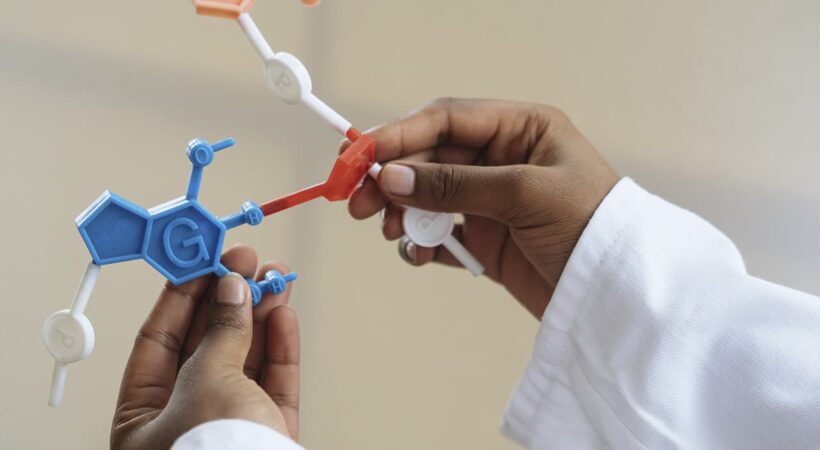The centers of medieval medicine were universities. The prototypes of Western European universities were the schools that existed in the Arab Caliphates and the Salerio School. A university-type school existed in Byzantium as early as the middle of the ninth century. In Western Europe universities were originally private unions of students and teachers, somewhat similar to the handicrafts workshops in accordance with the shop system of the Middle Ages. In the 11th century, the University of Salerno emerged, transformed from the Salerno Medical School near Naples; in the 12th and 13th centuries, universities appeared in Bologna, Moipelia, Paris, Padua, Oxford; in the 14th century – in Prague and Vienna. The number of students in universities did not exceed a few dozen in all faculties. The charters and curricula of medieval universities were controlled by the Catholic Church. The whole structure of university life was copied from that of the church institutions. Many doctors belonged to monastic orders. Secular physicians, assuming medical office, took an oath similar to that of priests. Universities also allowed the study of some ancient writers. In the field of medicine such an officially recognized ancient author was above all Galen. Medieval medicine took Galen’s idealistic conclusions, but completely discarded his method of investigation (experiments, autopsies), which was his main merit. From the works of
Hippocrates, those where his materialistic views in medicine were reflected with the least force were accepted. The task of scholars was primarily to confirm and comment on the correctness of the teachings of recognized authorities in the relevant field. Commentaries on the works of an authoritative writer were the main type of medieval scientific literature. Natural science and medicine were nourished not by experiments, but by the study of texts-Halen and Hippocrates. Galileo told of a scholastic who, after seeing from an anatomist that the nerves converge in the brain and not in the heart, as Aristotle had taught, said: “You have shown me all this so clearly and tangibly, that if the text of Aristotle did not say the contrary (and there it expressly says that the nerves originate in the heart), it would be necessary to recognize it as true.”
The methods of teaching and the very nature of science were purely scholastic. Students memorized by heart what the professors said. The works of Hippocrates, Galen, Ibyasina (Avicenna) were considered dogmatic in medicine. The glory and brilliance of the medieval professor lay above all in his reading and in his ability to back up each of his statements with a citation taken from some authority and brought to memory. The disputes were the most convenient occasion for him to express all his knowledge and art. Truth and science meant only what was written, and medieval research became simply the interpretation of what was known. Galen’s commentaries on Hippocrates were widely used, and many commented on Galen.
In the 13th and 14th centuries, scholastic medicine with its abstract constructions, speculative conclusions, and arguments developed in the universities of Western Europe. Therefore, in Western European medicine, along with remedies obtained by medical practice, there were also those whose application was based on remote comparison, on the indications of alchemy, astrology, which acted on the imagination or satisfied the whims of the wealthy classes.
